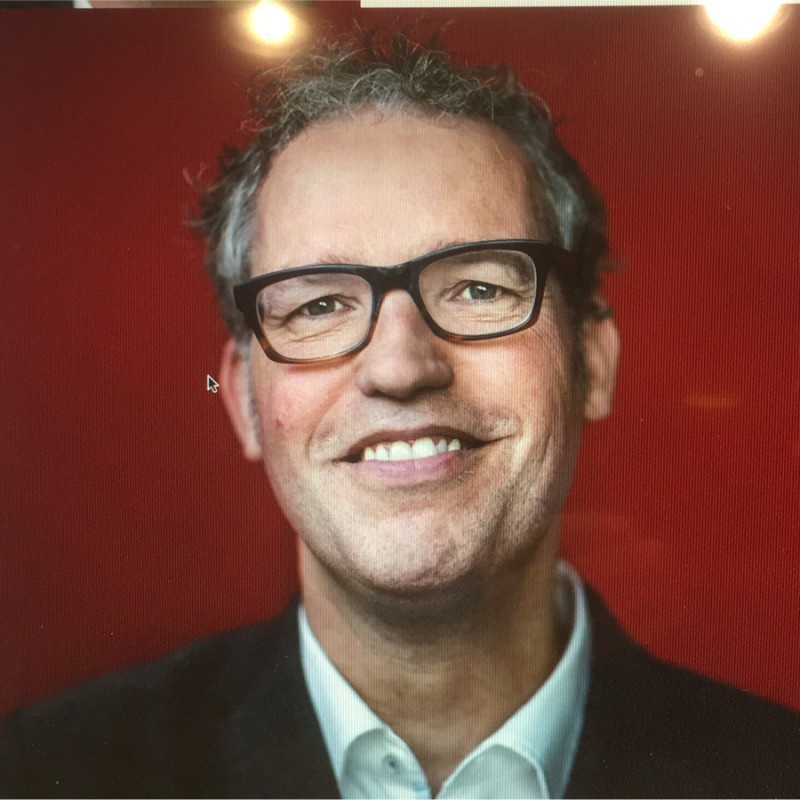With the growing pressure on healthcare, prevention is more crucial than ever, says Utrecht University Professor Roel Vermeulen. “Especially by designing our neighbourhoods differently, we can promote a healthier lifestyle. And there is momentum for it: with the climate crisis, the energy transition, and the much-needed renovation of many 1970s and 1980s neighbourhoods, this is the time for redesigning.” At the conference ‘Accelerating cooperation to stop overweight and obesity’, Vermeulen will sketch a number of scenarios for achieving this.
A healthy neighbourhood is one with enough sources of healthy food, and facilities for exercising and relaxing, and where residents feel good and mentally healthy. The latter is primarily influenced by the degree of social cohesion in the neighbourhood. But how do you create such neighbourhoods? Vermeulen, Professor of Environmental Epidemiology and Exposome Science at Utrecht University: “This is what we study in our Healthy Urban Living data and knowledge hub, a public-private partnership between residents’ organisations, developers, knowledge institutes, and provincial and municipal governments. In a series of living labs, we develop interventions and monitor their effect. One example is the low-traffic Cartesius neighbourhood in Utrecht, where there is a lot of greenery, active transport is stimulated with good cycling facilities, and access routes to the neighbourhood are designed to stimulate social contacts.”
Healthy Life Hub

“Working in close collaboration with these hub partners makes it easier for us to become involved at an earlier stage in the process of designing or redesigning a neighbourhood, ideally already in the design phase,” Vermeulen adds. “This allows us to contribute our knowledge from other neighbourhoods and from various disciplines, which is important, because although experts are fully aware of the need for an integral approach to these kinds of processes, in practice, people still work too often in silos.”
“This is due to barriers in the system, such as the lack of financial incentives to invest in a healthy neighbourhood. A supermarket that makes healthy food cheaper, or a real estate developer who reserves space for community use, will not immediately recoup on their investment. So far, the profit is primarily social. As a result, people often stop at local partial solutions, bound as they are to rounds of subsidies. Any lessons learnt (like which innovations are available, what works, and what doesn’t) cannot be adequately shared across stakeholders, which hampers structural innovations. By bringing all these parties together in the hub, we acquire a lot of transdisciplinary knowledge, and try to disseminate it widely. We also look at how we can improve the balance between cost and benefits.
Well-supported choices
Vermeulen: “And there is an urgency to our work because the climate crisis, the energy transition, and the much-needed renovations of many 1970s and 1980s neighbourhoods are all converging and force us to design or redesign right now. The choices we make in this context will stay with us for decades to come, so it is crucial to know what works in the long term. This is a process in which all stakeholders, including residents, have a role to play, in devising creative solutions in the neighbourhood, but also implementing new forms of organisation and funding. No one has all the wisdom. If they did, there would be only healthy neighbourhoods in the Netherlands. Let us therefore put our shoulders to the wheel, with the ‘Accelerating cooperation to stop overweight and obesity’ conference as a moment of reflection and a driver for new partnerships.”
Want to know more about the conference ‘Accelerating cooperation to stop overweight and obesity’? Read the full program here.